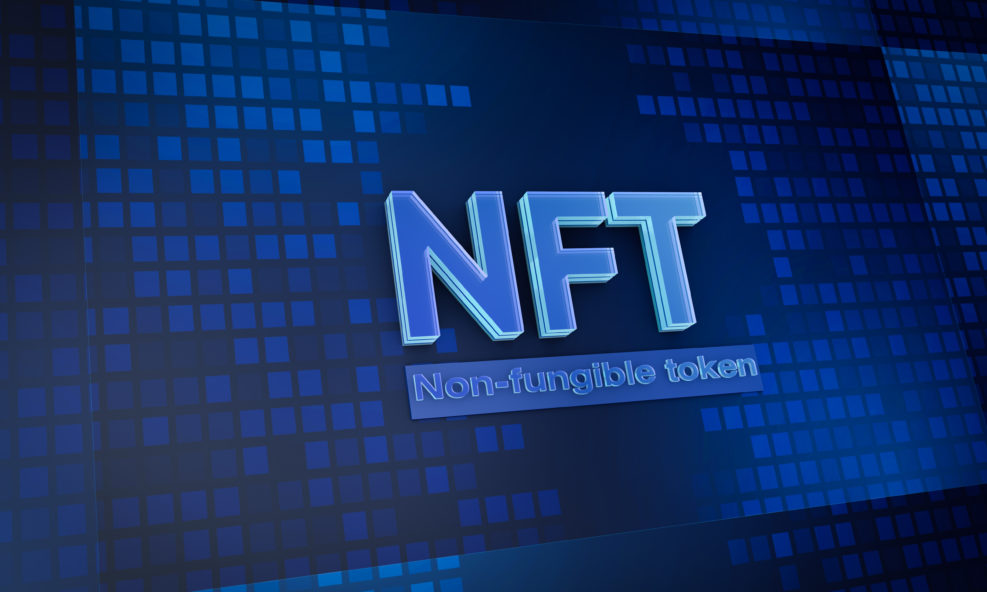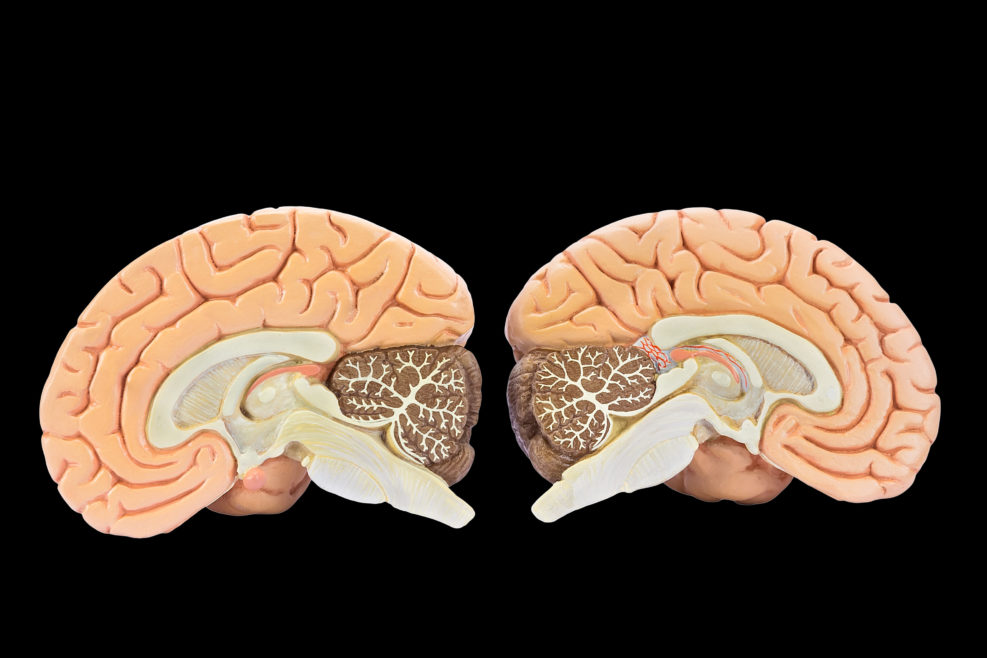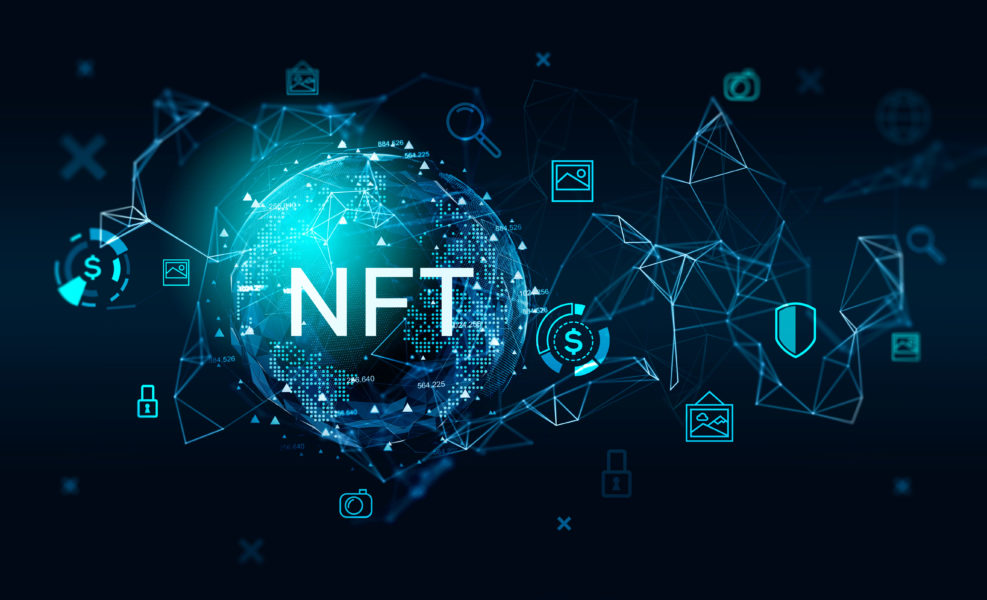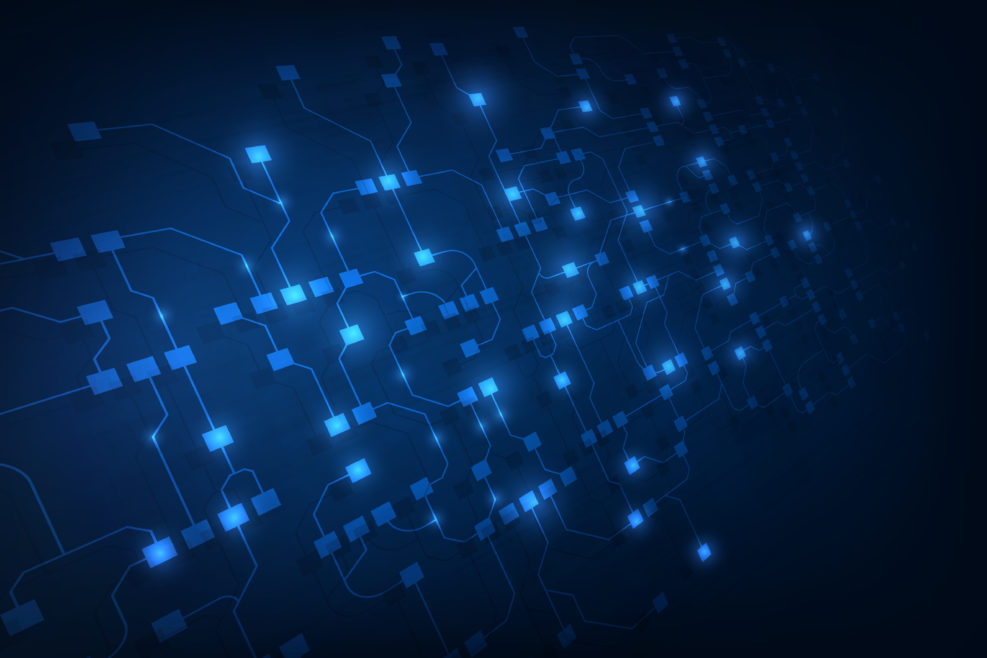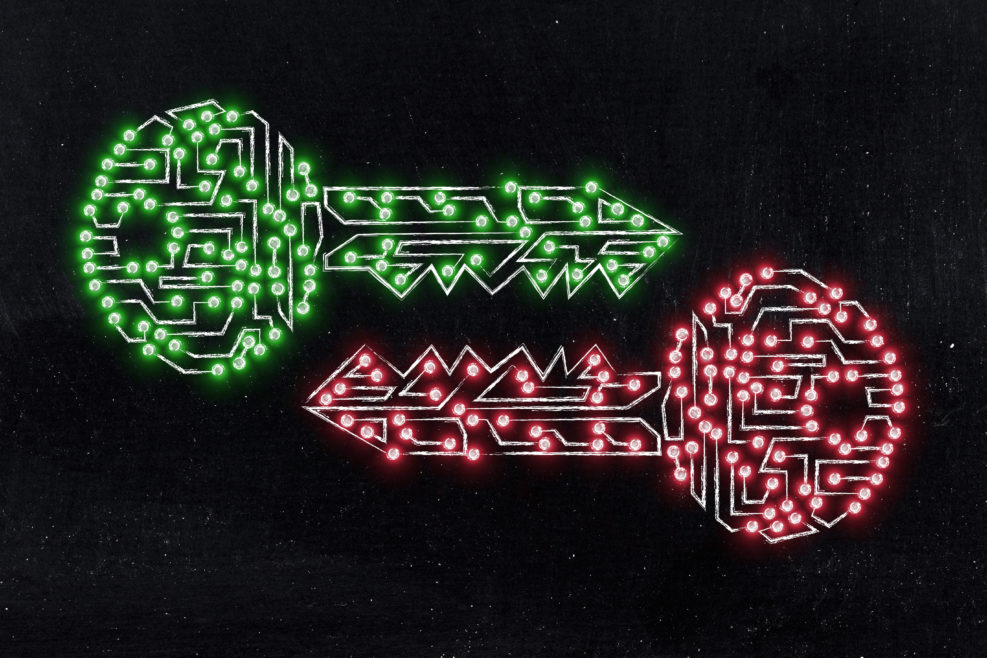
How the Split Brain Emphasizes the Reality of the Mind
Fascinating research following up Roger Sperry’s work — which showed that the mind is not split when the brain is — has confirmed and extended his findingsNeurosurgeon Michael Egnor did a recent podcast with Arjuna Das at Theology Unleashed, “where Eastern theology meets Western skepticism.” In the previous segment, they discuss the significance of the fact that there are aspects of the human mind that cannot be split into parts — as demonstrated by the work of Nobelist Roger Sperry (1913–1994). In this segment, they discuss the neuroscientists who followed up on and extended Sperry’s work — one of whom met a tragic end: Here is a partial transcript and notes for the 1 hour 6 minute mark through the 1 hour 12 minute mark: Michael Egnor: There has been some absolutely intriguing work done since Sperry that I think very clearly shows the existence of Read More ›
